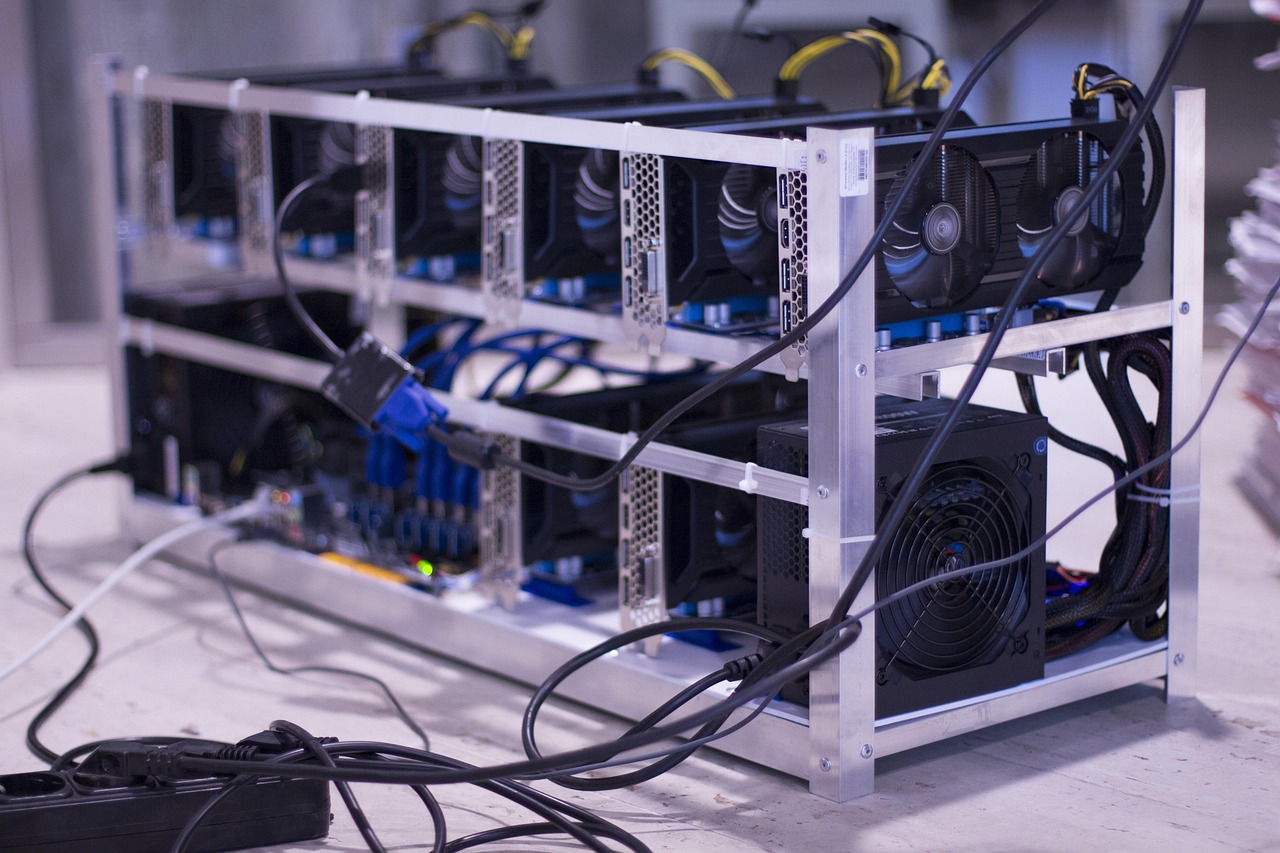“The overall structure is positive for Nifty in the coming week but after an expansion in prices, we may see some sluggishness or sideways movement before moving to the next leg of a bullish rally. RSI on a lower timeframe points to upward momentum bias while ADX confirms the velocity of the trend as well,” said Shrey Jain, Founder & CEO of SAS Online.
The ATM IV for Nifty for monthly expiry is at 10.1 which indicates a complacent market that has seen expansion and one can expect some sideways price action. The OI data indicates 25,500 as important support witnessing high activity on the PE front while on the higher side with range expansion, 26,200 is the new resistance.
Technically, the price has consolidated briefly at 25,400 – 25,500 so we may see it as an important support for Nifty in the coming expiry. On the upside, 25,820 is the immediate resistance while beyond that 26,200 is the resistance as per Fibonacci.
Given this market structure, Shrey Jain suggests deploying a Back Spread Call in Nifty as one could long two higher strike calls and short one lower strike to gain from the given momentum in the underlying.
The downside risk will be limited while the upside offers better risk-reward as the market gains momentum to 26,000 and beyond 26,200.
Call Back Spread
A Call Back Spread is a bullish options strategy used when an investor expects a significant price increase in the underlying asset. It involves selling one lower strike call option and buying more higher strike call options.
The strategy benefits from sharp upward price movements, offering unlimited profit potential. However, if the price remains stable or moves slightly upward, losses are limited to the difference between strike prices minus any net premium received. It’s ideal for volatile markets with an anticipated strong upward move.
(Prices as of September 20)
Below is the payoff graph of the strategy:
 ETMarkets.com
ETMarkets.com(Source: SAS Online)
(Disclaimer: Recommendations, suggestions, views and opinions given by the experts are their own. These do not represent the views of Economic Times)













